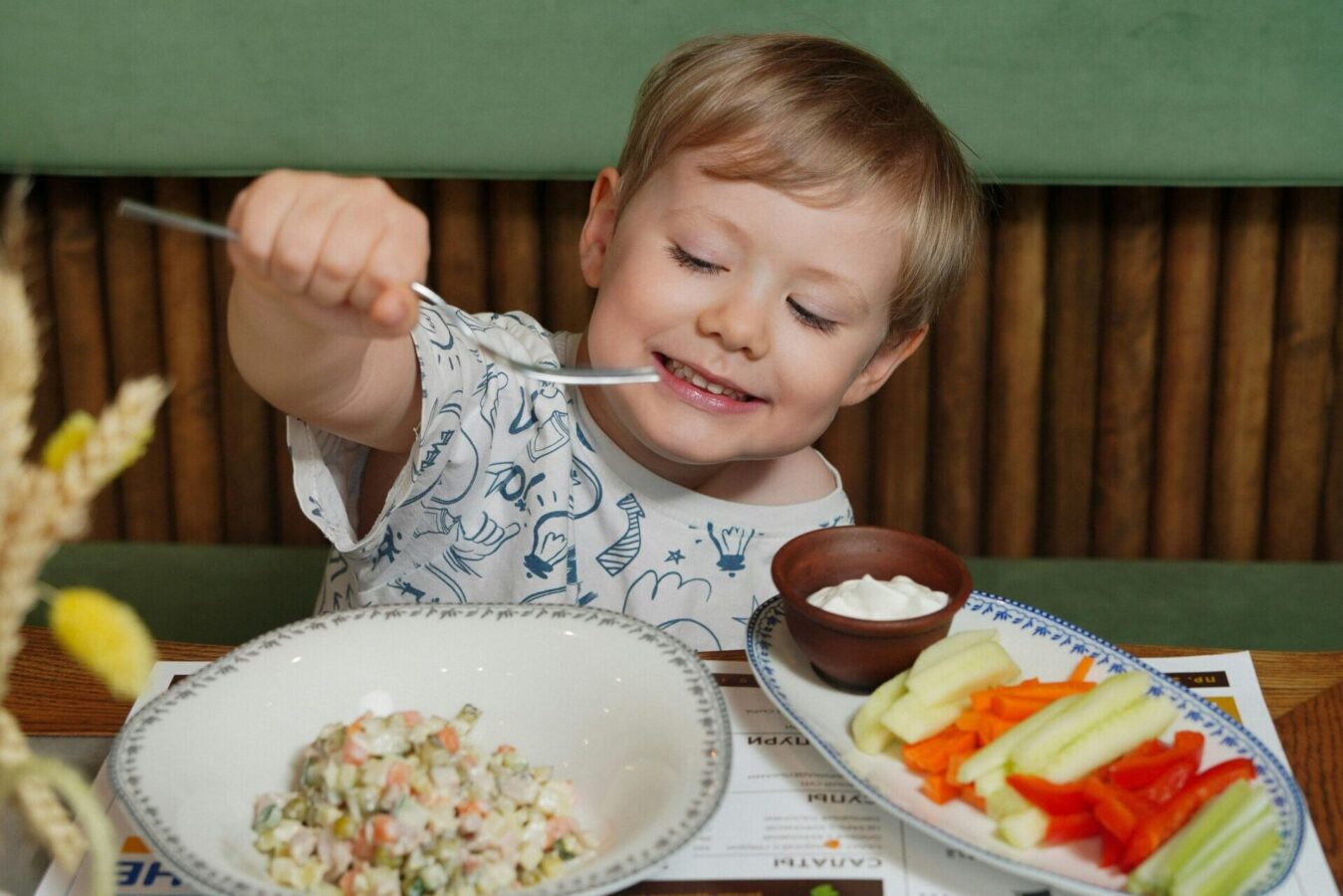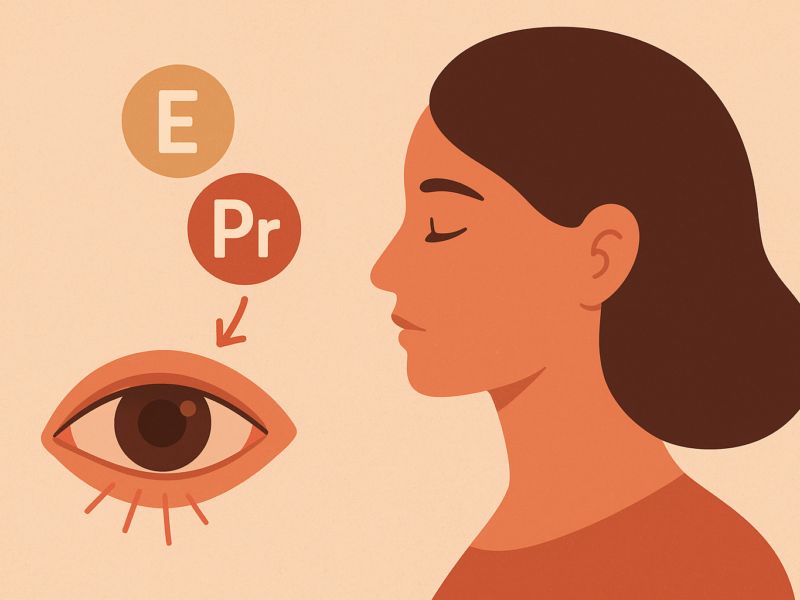👀 Introduction: Why Nutrition Is the Foundation of Healthy Vision
Good vision doesn’t just happen — it’s built.
From the moment a child is born, their eyes and brain work together to process the world around them. But to develop properly, they need a steady supply of key nutrients like vitamin A, omega-3s, zinc, and antioxidants.
Unfortunately, modern diets — heavy in processed foods, sugars, and fast meals — are leading to an increasing number of nutritional deficiencies in children worldwide. These deficiencies don’t just affect physical growth; they directly impact retinal development, eye tissue health, and visual acuity.
This article explores how nutrition influences children’s vision, what deficiencies to watch for, and how to support lifelong eye health through food.
🧠 1. Understanding the Growing Eyes of Children
Children’s eyes grow rapidly during the first 10 years of life.
During this time, vitamins, minerals, and healthy fats play critical roles in developing the retina, optic nerve, and protective eye structures.
The retina — a thin layer of tissue at the back of the eye — is especially nutrient-sensitive, requiring a continuous supply of vitamin A, lutein, DHA, and zinc for proper function. A deficiency in these nutrients can impair light detection and slow down nerve communication with the brain.
🥦 2. The Most Important Nutrients for Eye Health
Healthy eyes depend on a balance of antioxidants, vitamins, and fatty acids.
Here’s how key nutrients protect vision:
Vitamin A
- Crucial for forming rhodopsin, the light-sensitive pigment in the retina.
- Prevents night blindness and dry eyes.
- Found in: carrots, sweet potatoes, pumpkin, and eggs.
Omega-3 Fatty Acids (DHA & EPA)
- Support retinal cell membranes and nerve function.
- Reduce inflammation and dryness.
- Found in: salmon, tuna, flaxseed, chia seeds, walnuts.
Lutein & Zeaxanthin
- Natural antioxidants that protect the macula from blue light and oxidative stress.
- Found in: spinach, kale, peas, corn, eggs.
Zinc
- Helps transport vitamin A from the liver to the retina.
- Deficiency leads to poor night vision.
- Found in: meat, chickpeas, pumpkin seeds.
Vitamin C & E
- Fight free radicals that damage eye cells.
- Found in: oranges, berries, avocados, and sunflower seeds.
⚠️ 3. Common Nutrition Deficiencies That Affect Vision
Even mild deficiencies can influence visual performance in children. The most notable ones include:
| Nutrient | Eye-Related Effects | Symptoms |
|---|---|---|
| Vitamin A | Night blindness, dry eyes | Difficulty seeing in low light |
| Vitamin D | Linked to myopia risk | Fatigue, eye strain |
| Omega-3 DHA | Dry eyes, poor focus | Itchy eyes, reduced tear film |
| Iron | Affects oxygen flow to retina | Pale eyelids, tiredness |
| Zinc | Poor retinal function | Slow adaptation to darkness |
A balanced diet rich in whole foods can prevent nearly all these deficiencies.
🍔 4. How Modern Diets Contribute to Eye Problems
Over 60% of children in developed countries consume processed foods daily.
These foods often lack essential vitamins and contain excessive sugar and omega-6 fats, which cause inflammation.
Effects of modern diet patterns:
- High sugar intake increases oxidative stress in retinal tissues.
- Lack of omega-3s leads to dry eyes and slower visual processing.
- Deficiency in antioxidants leaves the macula vulnerable to blue light damage.

👁️ 5. Signs Your Child May Have a Vision-Related Deficiency
You don’t always need lab tests to suspect a nutritional issue.
Common warning signs include:
- Complaints of blurry or double vision
- Squinting or sitting too close to screens
- Eye redness or dryness
- Trouble seeing at night
- Frequent eye infections
- Fatigue, irritability, or poor concentration
If several of these symptoms persist, consult a pediatric ophthalmologist and consider dietary assessment.
🥗 6. Best Foods for Healthy Eyes in Kids
Parents can make small changes that make a big difference.
Top 10 Eye-Boosting Foods for Kids:
- Carrots – Beta-carotene for vitamin A.
- Spinach and kale – Packed with lutein and zeaxanthin.
- Salmon and tuna – Rich in omega-3s for retinal development.
- Eggs – Source of lutein, zeaxanthin, and zinc.
- Blueberries – Antioxidants to protect eye cells.
- Sweet potatoes – Excellent vitamin A source.
- Citrus fruits – Vitamin C to boost immune and ocular health.
- Pumpkin seeds – Zinc and healthy fats.
- Broccoli – Combines vitamin C and carotenoids.
- Bell peppers – Antioxidants plus hydration.

💊 7. The Role of Supplements — When Food Isn’t Enough
If a child is picky or allergic to certain foods, supplements can help bridge the gap.
However, supplements should never replace a balanced diet.
Recommended options (consult a doctor first):
- Children’s multivitamin with A, C, E, and zinc
- Fish oil (DHA) for brain and vision support
- Lutein & Zeaxanthin gummies for macular protection
- Vitamin D drops for kids in low-sunlight regions
🏃♂️ 8. Building Eye-Healthy Habits
Nutrition is just one part of the equation. For long-term vision health:
- Encourage outdoor play (2 hours/day)
- Limit screen time
- Ensure 8–10 hours of sleep
- Schedule annual eye exams
- Teach kids to avoid rubbing their eyes
❓ 9. Frequently Asked Questions (FAQ)
Q1: Can poor nutrition cause permanent vision damage in children?
Yes — chronic deficiencies in vitamin A or omega-3 can lead to structural retinal issues if not corrected early.
Q2: Should my child take vitamin A supplements?
Only if prescribed by a pediatrician. Excess vitamin A can be toxic in high doses.
Q3: Can a vegetarian diet support healthy eyes?
Absolutely. Include eggs, leafy greens, nuts, and fortified plant foods to meet nutrient needs.
Q4: How soon can diet changes improve eye health?
Noticeable improvement in dryness and focus often occurs within 4–8 weeks of consistent dietary changes.
✅ Conclusion
Healthy eyes begin with healthy habits — and nutrition is the most powerful one.
Children who eat balanced, nutrient-rich meals are far less likely to suffer from myopia, dryness, or fatigue caused by screen overuse.
While vitamin A, omega-3s, lutein, and zinc are the main defenders of vision, what truly matters is consistency. Encourage a variety of colorful foods, regular outdoor play, and annual eye exams — and your child will have the best chance at maintaining strong, clear vision for life.
In short: Food nourishes the body — but it also nourishes the eyes. 🍽️👀



